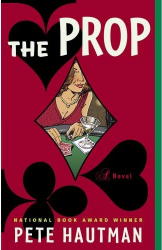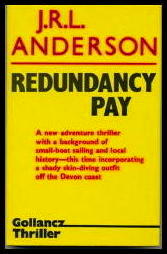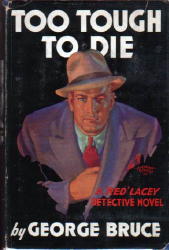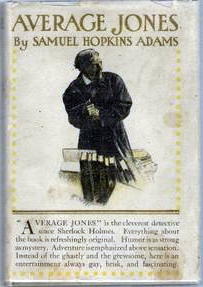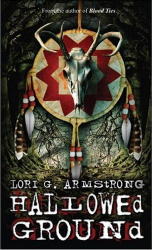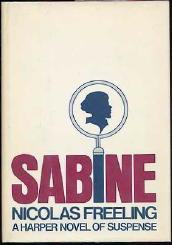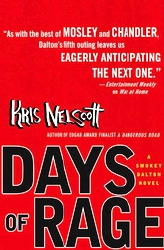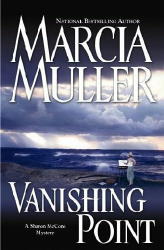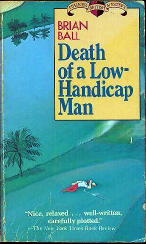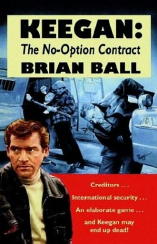Fri 20 Jul 2007
Profile: Shamus Award Nominee P. J. PARRISH – An Unquiet Grave.
Posted by Steve under Authors , AwardsNo Comments
P. J. PARRISH – An Unquiet Grave. Nominated for Best Private Eye Paperback Original of the Year, 2007.
Pinnacle, paperback, February 2006.
Book description:
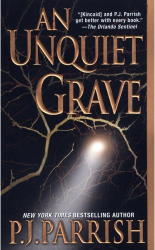
In a remote corner of the Michigan woods, behind rusted iron gates and crumbling walls, lies a notorious sanitarium and its forgotten cemetery. The ruin is empty now, and the bulldozers have come to raze it. But as they do, a secret emerges. The coffin of Claudia DeFoe, the youthful love of Louis’s foster father Phillip, is empty.
When Louis tries to find the remains, he crosses paths with a reporter searching out rumors that a former patient, assumed dead, is alive and killing again. In Hidden Lake hospital, where the walls are stained with secrets and the air thick with the history of lingering screams, Louis is on his darkest journey yet – into the mind of a deranged killer and into the locked rooms of his own psyche.
About the Authors:
P. J. Parrish (sisters Kelly Nichols and Kris Montee) is author of the critically acclaimed and New York Times bestselling Louis Kincaid series. Their books have been Edgar, Shamus, Thriller and Anthony award finalists. Both sisters, born in Detroit, Mich., were writers as kids, albeit with different styles: Kelly’s first attempt at fiction was at age 11 titled “The Kill.” Kristy’s at 13 was “The Cat Who Understood.”
Not much has changed: Kelly now tends to handle the gory stuff and Kristy the character development. But the collaboration is a smooth one, thanks to lots of ego suppression, good wine, and America Online.
Review excerpts:
Publishers Weekly: “Bestseller Parrish’s gripping and atmospheric new Louis Kincaid novel (after A Killing Rain) is a quality read that will remind many of Dennis Lehane. […] Parrish manages to make what could be a formulaic plot fresh, both through her gift at creating sympathetic main and secondary characters and through her skill at creating suspense and sustaining a mood. The author’s ability to raise goose bumps puts her in the front rank of thriller writers.”
Chicago Sun-Times: “An Unquiet Grave is a standout thriller. It is an intriguing and atmospheric story set largely on the grounds of an abandoned insane asylum, a haunting location that contains many dark and barbarous secrets. With fresh characters and plot, An Unquiet Grave is a suspense novel of the highest order.”
Previous Louis Kincaid books:
Dark of the Moon. Pinnacle, paperback, January 2000.
Dead of Winter. Pinnacle, paperback, January 2001.
Paint It Black. Pinnacle, paperback, January 2002.
Thicker Than Water. Pinnacle, paperback, January 2003.
Island of Bones. Pinnacle, paperback, January 2004.
A Killing Rain. Pinnacle, paperback, February 2005.
Newly released:
A Thousand Bones. Pocket, paperback, June 2007. [Kincaid takes a minor role in this case for his lover Joe Frye, the lone female homicide detective in the Miami-Dade Police Department.]
